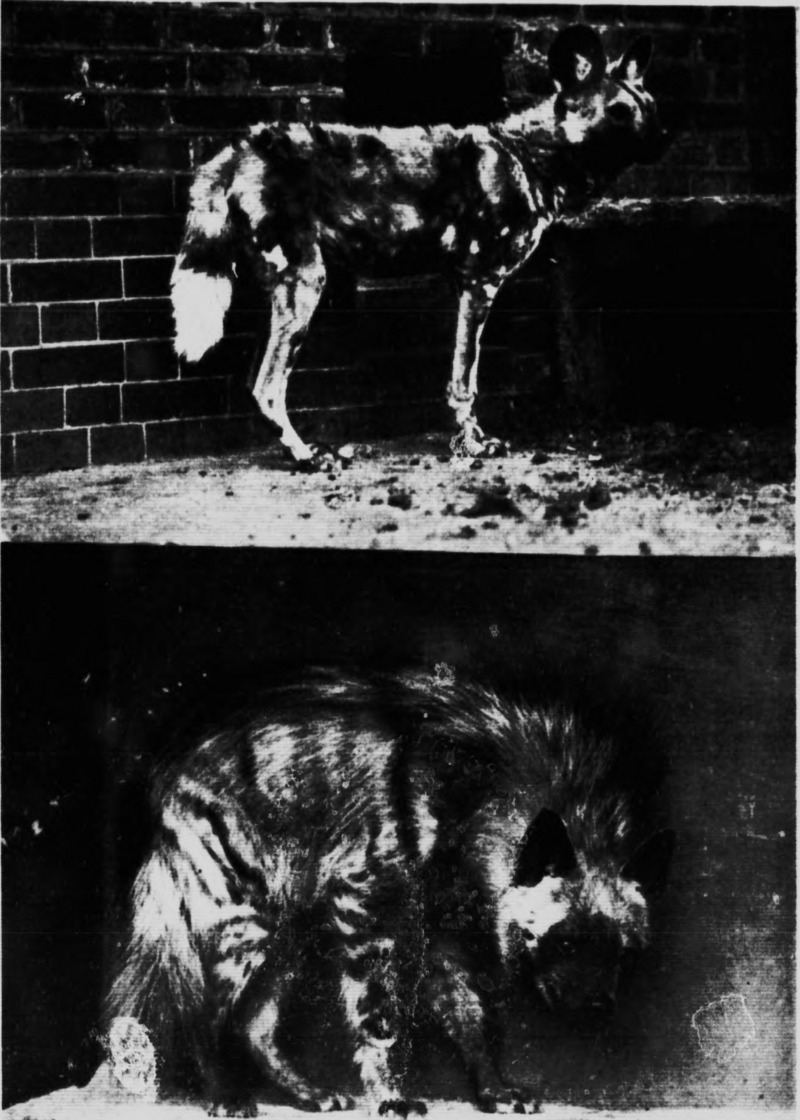


There may be considerable variation in coloration through the range of a species and some Canids may exhibit different color morphs. Desert and Arctic Canids are usually very pale in color. The tail is usually bushy, often with a contrasting white or black tip and a darker, bristly patch covering the dorsal supracaudal scent gland near the root. The underparts are usually paler than the rest of the body. Most species are uniformly colored or speckled, but some may have stripes on the sides of the body (e.g., Side-Striped Jackal), or may be covered with blotches (e.g., African Wild Dog). Color varies significantly, tawny brown or gray in most cases, but black, white and shades of ocher also occur. Males and females are indistinguishable in terms of pelage. The fur is thicker and lighter colored in the winter and in low-temperature zones. 2 and 3): Pelage is usually relatively short, with dense underfur mixed with longer guard hairs. Sizes compared to an adult human.Ĭoat ( figs. Variety of size and body shape in Canids: (1) Gray Wolf ( Canis lupus) (2) Maned Wolf ( Chrysocyon brachyurus) (3) African Wild Dog ( Lycaon pictus) (4) Red Fox ( Vulpes vulpes) (5) Gray Fox ( Urocyon cinereoargenteus) (6) Bush Dog ( Speothos venaticus) (7) Fennec Fox ( Vulpes zerda). Most Canids are isomorphic that is, proportions are constant (e.g., Wolves have bigger heads because they have larger bodies, but if shrunk they would just look like Coyotes or Jackals).įigure 1. The body forms of Canids are similar, typically having long muzzles, upright ears, teeth adapted for cracking bones and slicing flesh, lightly built bodies, and long legs adapted to running down prey or foraging on the trot, and bushy tails. Sexual dimorphism, when present at all, is minimal, with males slightly larger than females. In most Canids, body size is attributed as a response to food availability: very small Canids (e.g., Fennec Fox) are usually associated with arid and poor habitats in which only a small body mass can be supported year-round, while large Canids (e.g., African Wild Dog) are often associated with habitats in which prey is abundant. Body lengths (without tail) range between 35 and 160 cm, and tail lengths are approximately 12 to 56 cm. Most Fox species weigh 1.5 to 9.0 kg, while most other species are 5 to 27 kg. 1): Canids vary widely in size, from the Gray Wolf, which may be up to 160 cm long, and can weigh up to 80 kg, to the diminutive Fennec Fox, which may be as little as 24 cm in length, and weighs less than 1 kg. Most Canids feed on mammalian prey, but vegetable matter, carrion, and invertebrates are also an important source of food in many species.

They inhabit temperate and tropical forests, savanna, tundra and deserts throughout the world, with the exception of some oceanic islands and Antarctica. They exhibit many reproductive and behavioral traits uncommon in other mammals, such as monogamy with paternal care, long-term incorporation of young adults into the social group, alloparenting, inhibition of reproduction in subordinate individuals, monoestrus, and a copulatory tie. Most are seasonal breeders producing a single litter each year. They are mostly social animals, living together in family units or small groups and behaving cooperatively.

The Canid family is a lineage of terrestrial carnivorans, adapted for swift running, which includes Wolves, Coyotes, Jackals, Foxes, Dogs, Dingoes, Dholes and other Dog-like mammals, with a total of 13 genera and at least 37 extant species. The ideal field companion and a delight for armchair naturalists.Includes distribution maps and tips on where to observe each species.Describes key identification features, habitat, behavior, reproduction, and much more.Depicts species in similar poses for quick and easy comparisons.Features more than 150 color plates with more than 600 photos from around the globe.Covers every species and subspecies of canid.The book also includes distribution maps and tips on where to observe each species, making Canids of the World the most comprehensive and user-friendly guide to these intriguing and spectacular mammals. It features more than 150 superb color plates depicting every kind of canid and detailed facing-page species accounts that describe key identification features, morphology, distribution, subspeciation, habitat, and conservation status in the wild. This stunningly illustrated and easy-to-use field guide covers every species of the world’s canids, from the Gray Wolf of North America to the dholes of Asia, from African jackals to the South American Bush Dog. The most complete and user-friendly photographic field guide to the world’s canids


 0 kommentar(er)
0 kommentar(er)
